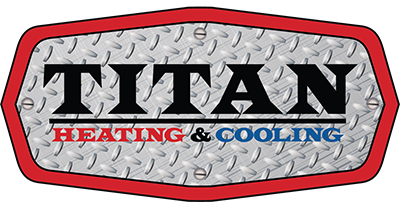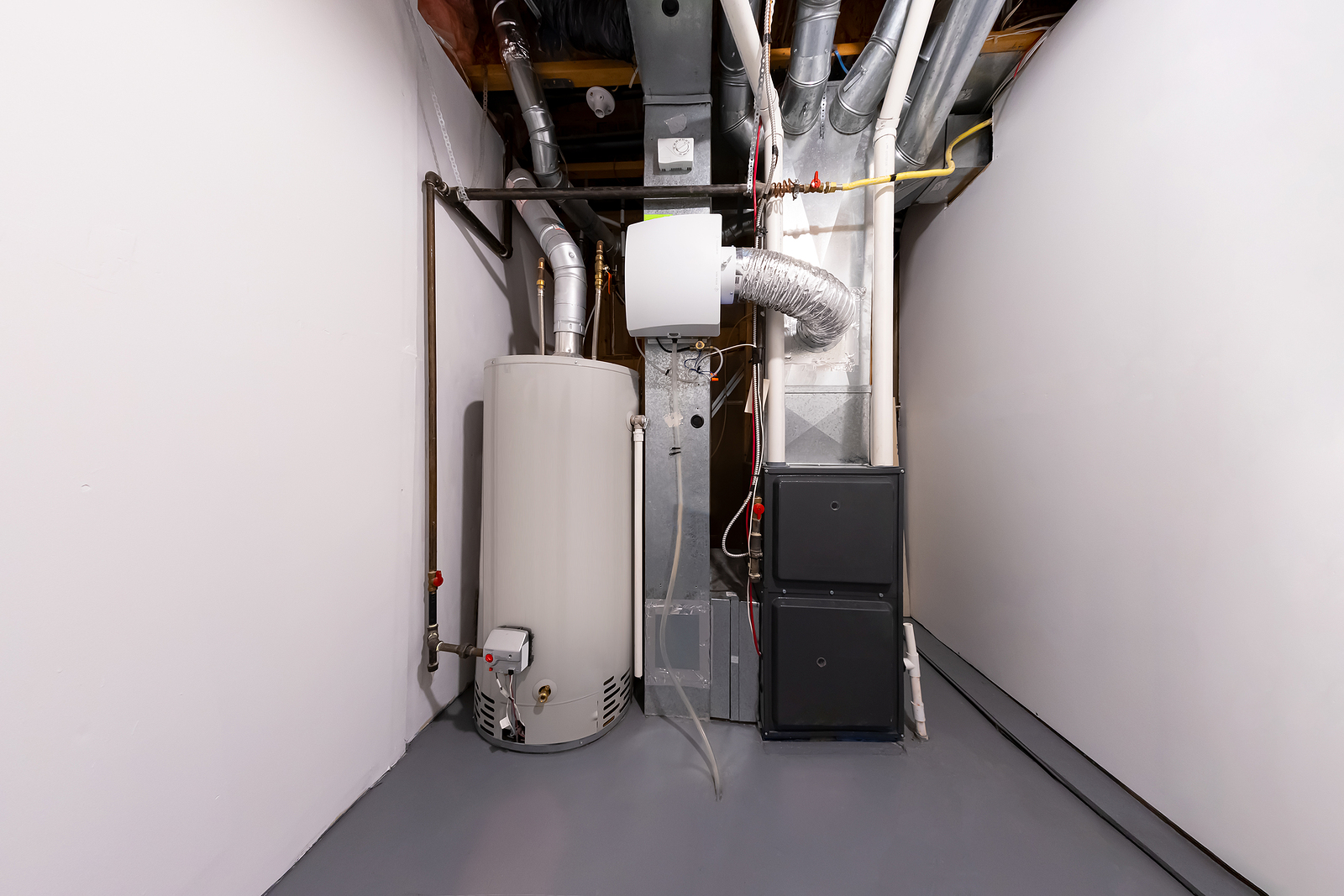Okay, so you just invested in a brand new furnace. Maybe you even went the extra mile and got yourself a high efficiency heating system. Now the question is, how do I get the most out of my investment? Here are seven things you can do to make your furnace last longer. 1. Get on a Maintenance Schedule In Minnesota, furnaces are the real winter workhorses, pulling their weight for approximately five to six months straight! If you don’t want yours to kick the bucket too early, make sure your furnace is on a proper maintenance schedule. Routine maintenance reduces chances of equipment failure, increases equipment lifespan, and helps supply cleaner indoor air. And the great news is that maintenance agreements typically pay for themselves by increasing HVAC efficiency and reducing the likelihood of costly furnace repairs down the road. The bottom line: consistent maintenance will make your furnace last much longer. 2. Keep Air Filters Clean Air filters gather dust, dirt, and other contaminants that would otherwise damage the unit. Have you taken a look at your air filters lately? If the answer is “no,” they’ll likely need replacing. In general, filters should be replaced every one to six months. If you can’t see any filter material behind a layer of dust and grime, you definitely need to change them out for new ones. Left unchecked, a dirty air filter could really damage your heating system, leading to costly furnace repairs and even replacement. 3. Program Your Thermostat The harder your heating system has to work, the more wear and tear the system will endure. A programmable thermostat allows you to program your high efficiency heating system to run at specific times of day, at certain temperatures. This increases the efficiency of your heating system by decreasing how hard it has to work throughout the winter. According to ENERGY STAR, the best temperature to set your thermostat during the winter is 68 degrees Fahrenheit when you’re home, and 65 degrees when you’re sleeping. When you’re away, lower your thermostat by 7-10 degrees for maximum efficiency. (If you have pets, be sure to keep the thermostat set at at least 64 degrees.) 4. Clean and Seal Ductwork Think of your ductwork like the lungs of your home, distributing heated air from your furnace to each room in your house. If your ductwork is dirty or has breaches or cracks, air can’t move efficiently through your home. This makes your heating system work harder than it has to, which takes the “efficiency” out of any “high efficiency heating system.” (Not to mention, this hikes up your energy bills!) Get rid of airflow obstructions and leaks by having your ductwork cleaned and sealed by a professional. Not only will this reduce the stress on your heating system, but it will also lead to better air quality for you and your family. 5. Insulate Your Attic By now you’ve probably heard that heat rises, which is why your attic is so darn hot in the summertime. But have you considered what happens in your attic during the winter? Well, if it’s not insulated, nothing good! If you want to make your furnace last longer, you need to insulate your attic. You could have the most wonderful high efficiency heating system on the market, but if your attic isn’t insulated, you’re going to lose a portion of that heat through the roof. Insulating your attic will help keep heat trapped in your home, where it belongs! 6. Run Ceiling Fans Counter Clockwise Do you find yourself standing under your favorite vent to get warm? Run your ceiling fans counter clockwise to help circulate warm air throughout your house. This will help...
Read More
15
Dec



